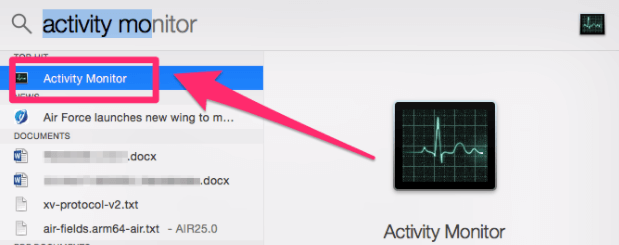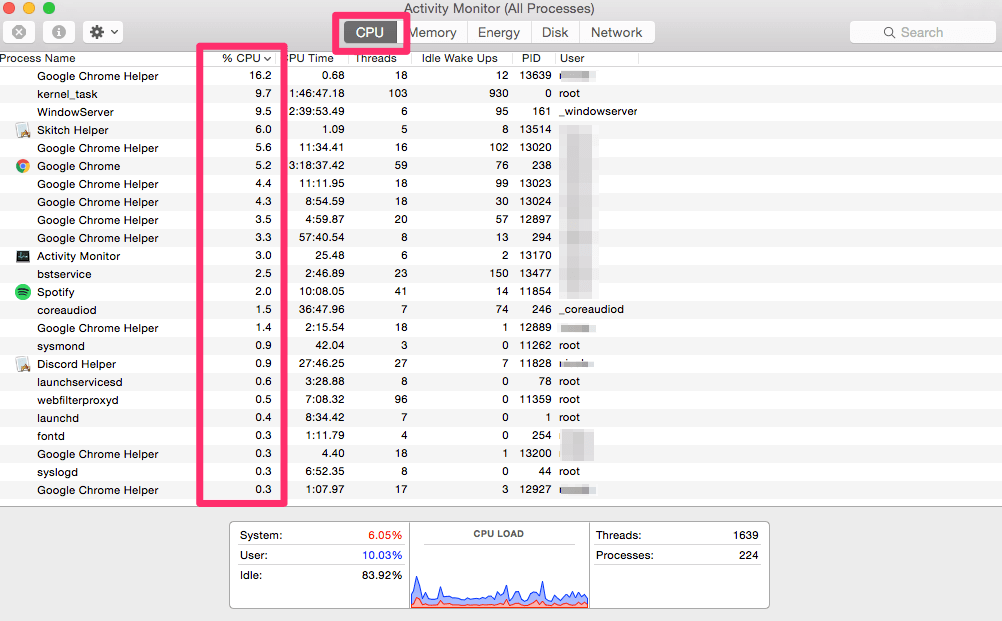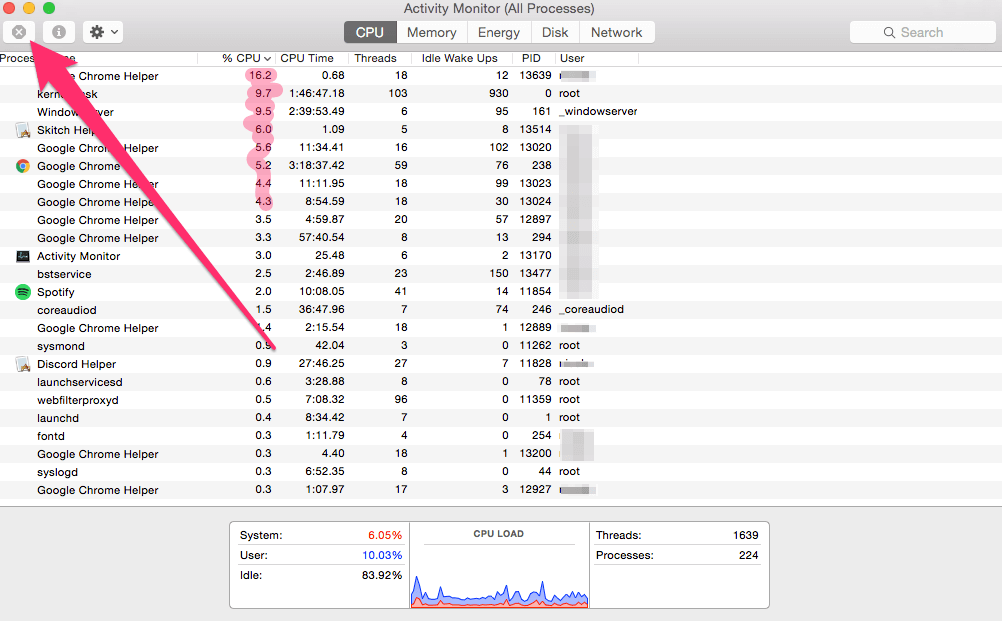Easy Solution to 2008 Macbook Pro Noisy Fan
White noise doesn't usually bother us… until it comes to the whirring of MacBook fans while you're trying to work. It seems the MacBook fan can be very loud after a macOS update, when you play games, all of a sudden, or for no reason.
So how do you determine what's kicking your fans into action? In this guide, we'll help you identify the reasons behind MacBook fan noise and what you can do to get it back to normal.
Read on to learn more!
Possible Cause 1: Poor Venting/Circulation
This is the simplest of loud fan causes and also the easiest to check, fix, and resolve.
Here's the explanation: Your MacBook heats up as the electrical process required to use it to release energy. The fans inside are built to cool it down, but they have to work overtime when there isn't normal airflow around the laptop.
If you've been working with your MacBook flat on your lap or desk, you're effectively blocking any air from circulating underneath your laptop and forcing the fans to work twice as hard to cool the component.
How to Fix:
If you just need a short-term fix, propping your MacBook up and leaving it inactive for a few minutes to cool down before you go back to work should help alleviate the problem.
But if this is a consistent issue for you, consider investing in a quality laptop stand to lift your MacBook and allow for better air circulation. Also, consider using a cooling pad if the laptop constantly heats up.
If you are using an old MacBook (2015 or earlier), you may also consider cleaning the vents and making sure there is no dust stuffing around. Do this with caution as you need to unscrew the bottom case and the vents. Once you clean the air tunnels, it can make a big difference. This video has more.
If you are using a somewhat newer MacBook (2017 model or later), don't try to open the case as it's different from old models. Look for other solutions below.
Possible Cause 2: Running Heavy Apps
Because the fans are used to cool the internal electronic components, forcing these components to work overtime will also kick the fans into high gear. This results in the annoying whirring noise you want to get rid of.
Web browsing is a simple everyday task that wouldn't contribute to this problem. However, if you're using heavy creative software such as the Adobe Creative Suite, photo editing, video editing applications, or graphics-intensive games you could be sending your fans into a frenzy trying to keep up. As you know, MacBooks are not really good for gaming.
How to Fix:
If you must run heavier applications, take all possible steps to reduce the load on your computer.
- Only run apps you absolutely need at one time and don't leave others idle in the background.
- Turn down frame rates or processing speeds as needed.
- Make sure you're already taking all possible steps to optimize your Mac such as using it in a temperature-controlled room rather than outside on an already hot day, etc.
If this is a regular problem and you can't reduce the workload, you may need to consider upgrading your MacBook by adding more RAM or if you can get a new MacBook specifically for video editing, so it can keep up with your demands.
So you haven't been using any noticeably heavy programs but suddenly the fans are acting up?
Especially if you've recently updated, changed some settings, or installed a new program, you could be experiencing some hidden background tasks that are eating up your CPU.
The easiest way to check if this is happening is by analyzing via Activity Monitor, go to Spotlight (with a search icon) in the top right corner of your screen, and type "Activity Monitor".

Once Activity Monitor is open, navigate to the CPU tab and look for programs that are using extremely large percentages of the available power. If you find one, then you know what your culprit is.
Keep in mind if it's an app and not a background task (apps have recognizable names and icons, background tasks are a bit more obscure looking), then you should check #2 instead.

How to Fix:
As you can see in my screenshot, I'm not currently experiencing any issues and all the usages (highlighted in red) are fairly low. But once you've identified tasks that are using unreasonable amounts of CPU, click on it in the Activity Monitor.

It will be highlighted in blue, and you'll be able to click the X button in the top left corner which will quit the process. Wait a few minutes for the fans to wind down and to examine how quitting the process affects your machine.
Pro tip: make sure you've saved everything you're working on before force quitting tasks from the Activity Monitor.
If the task re-opens later or comes back, it may be built into a specific program. In that case, you'll need to research the program it is part of and see which setting is to blame.
Possible Cause 4: MacBook Fan Needs Repair
Have you been using your MacBook in dusty or dirty locations lately? Perhaps you had to take it to a worksite out of the office or went on vacation and took it with you.
Lint, dust, and other air contaminants can build up on your fans if you've been in a less than ideal environment lately, or simply over time.
How to Fix:
There are two ways you can clean dust out of your Mac's fans. The easiest way is to use a can of compressed air to push air through the vents that are on the back of your laptop. Be careful not to hold the can too close and apply unnecessary pressure, which will potentially damage the components inside.
If compressed air doesn't work from the outside, you can also open the body of your MacBook to clean the fans (for old MacBooks). This is not recommended unless you're sure you know what you're doing.
First, find your model of MacBook on iFixit to get instructions on how to open the body for your particular Mac. Then gently use the compressed air to blow particles out of your Mac. Do not under any circumstance use a vacuum, as the static can ruin electronic components.
Also, you may need to replace the fan of your MacBook for better performance. First, get a left and right side CPU cooling fan from Amazon, then again go to iFixit, find your MacBook model and locate the right guide.
If all else fails, take your MacBook to a nearby Apple Genius Bar to have it serviced and professionally cleaned.
We hope this guide has helped walk you through some of the easiest ways to fix the MacBook loud fan issue. If yours are still loud even after trying a few of our solutions, it's probably best to have it professionally examined at an Apple Service center. Especially if your MacBook is new or under an AppleCare warranty, you probably won't pay very much and you'll be able to use your Mac in silence again.
If you have any of your own methods for fixing the fan noise on your MacBook Pro or MacBook Air, we'd love to hear them! Drop a comment below or tell us how our methods worked for you.
Source: https://www.macbookproslow.com/how-to-fix-loud-fan/
0 Response to "Easy Solution to 2008 Macbook Pro Noisy Fan"
Post a Comment